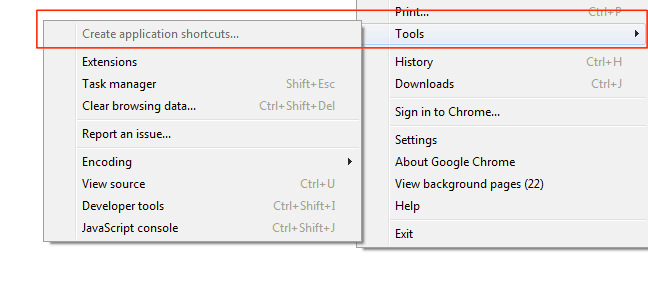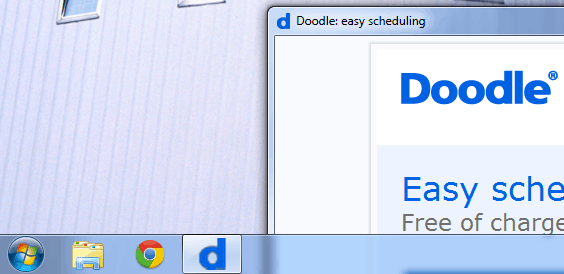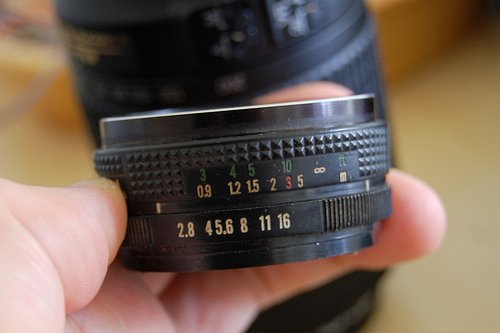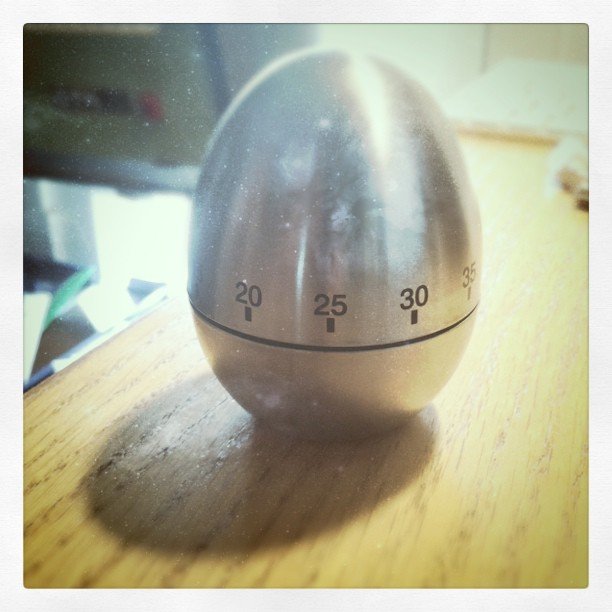If you're a regular Cloud Coach reader, then you know that I'm very interested in philosophies, techniques, and specific applications that help us be more productive with the technology in our lives.
While our focus here has typically been on web-based things, last week we entered the desktop space and talked about how to clean up your computer when files get disorganized and out of hand.

This week, I want to talk about the intersection between the web and our desktops.
I know this may seem irrelevant as we move more towards computing solely in the cloud. I would argue that having a computer desktop that is well suited to the way that you work is paramount to staying productive and motivated. Sure, Google Drive lets me store all my files in the cloud, but is it useable in a meaningful way?
Moving to the Cloud is all about giving up control over some things (User interface, speed, quality, etc.) in exchange for others (convenience, ubiquity, mobility).
My rambling aside, any time we can have both of those things (control and convenience), the user wins. I've found a rather elegant solution to a problem that I'm sure you have. With the rise of all these web applications that are meant to replace our desktops, it can be really hard to use them when they get lost in a sea of other browser windows and tabs.
The solution? Turn a website into a desktop application
How to turn a website into a desktop application
It's really quite simple- All you'll need is one of these free programs:
- Fluid for Mac
- Google Chrome for Windows
Note that Fluid is a standalone application that creates these things (called Site Specific Browsers), and Google Chrome is a (really great)browser. Interestingly enough, Google Chrome for Mac doesn't do this.
Fluid for Mac
Fluid's webpage says it best:
These are apps complete with their own settings, behaviors, and customizeable icons.My favorite thing about fluid is that while it can do a lot, you don't have to get in depth to turn your favorite website into a desktop application.
Watch as I turn the scheduling application Doodle into a desktop app:
Easy, right?
The mark of a good desktop application is how it behaves.
Now that I've created a desktop version of Doodle, I don't want it to behave like a browser tab. Here's why- when I close an application window on my mac, it doesn't quit the application. It's still running, so when I click the icon in the dock the last window I was on springs open. This usually isn't the case on the web. When you close a browser tab, it's closed. You can go back to the website but it has to re-load.
Fluid addresses this by allowing you to choose what happens when you click the close button:
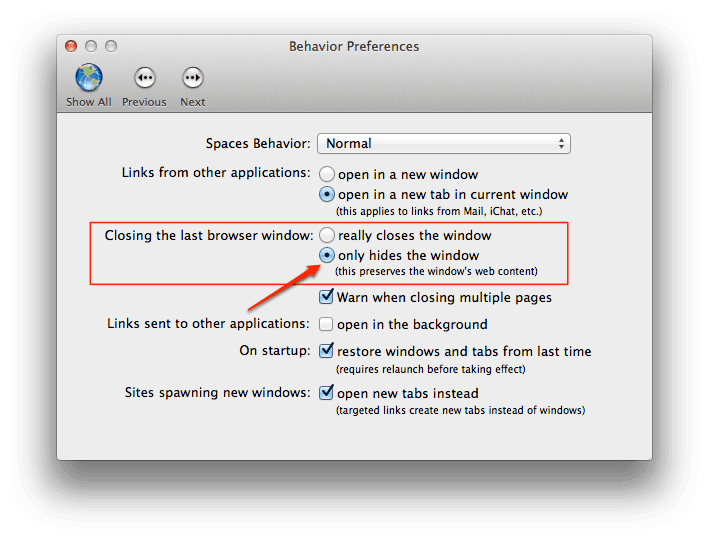
Google Chrome for Windows
The process for creating desktop-app versions of websites in Google Chrome for Windows is even simpler. Unfortunately, you don't get some of the slick options that you would in Fluid, but the end result is just as useful.
Step 1: Open the website you want to convert to an app in Chrome
Step 3: Navigate to Tools > Create Application Shortcuts…
Step 3: Choose where you want the icons to appear. Your choices are Desktop, Start Menu, and Pin to Taskbar. I generally prefer to keep icons on my Windows Desktop, and leave the taskbar only for applications that are running. If you want your Windows 7 machine to look more like the mac dock, you can pin applications to your task bar.
Now, when you launch the website from your shortcut, it will be in a chrome window with no navigation controls, buttons, shortcuts, or other distractions. Unlike Fluid, when you click X, the window will close though- be careful!
What should you create apps for?
I've created apps for Google Voice, Doodle, and Workflowy. I used to have one for my favorite scheduling app, Tungle.me, but just found out that it was going offline in a month 🙁
I would certainly create one for Gmail, except that I use a wonderful software called Mailplane that is just for Gmail. It does what Fluid does but also makes Gmail behave more like a desktop mail application.
Now that you can create desktop apps out of your favorite websites, what will you use it for?

